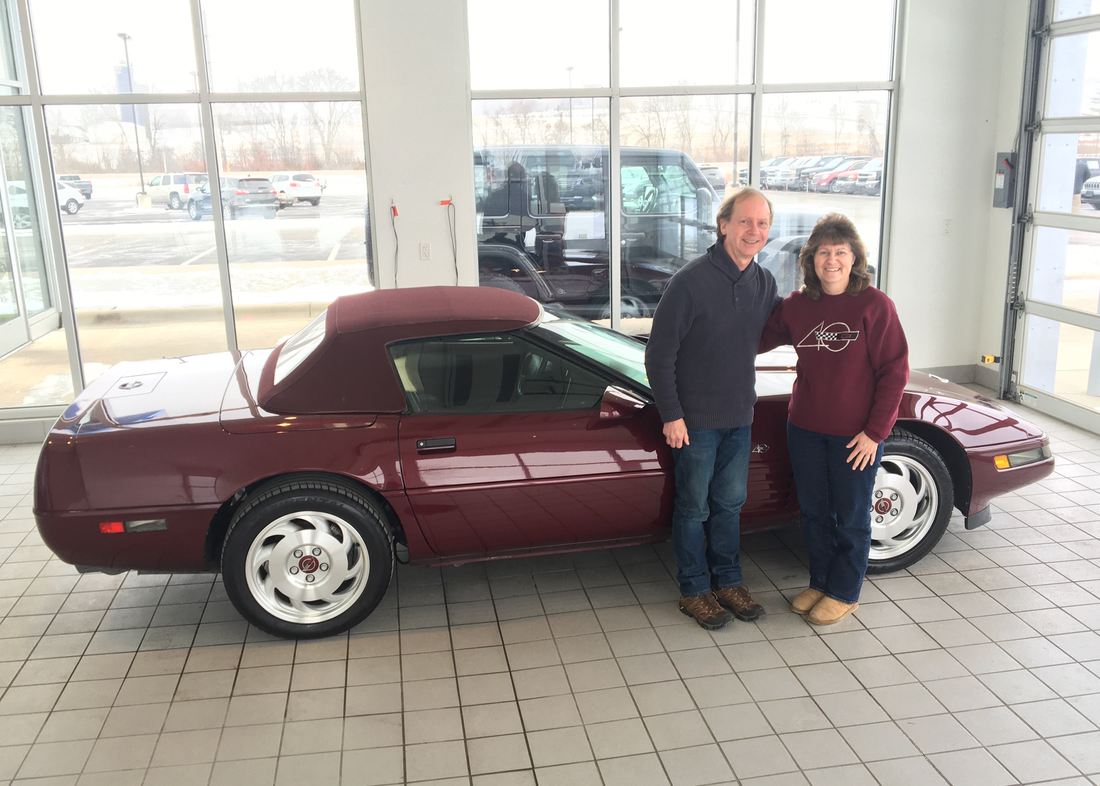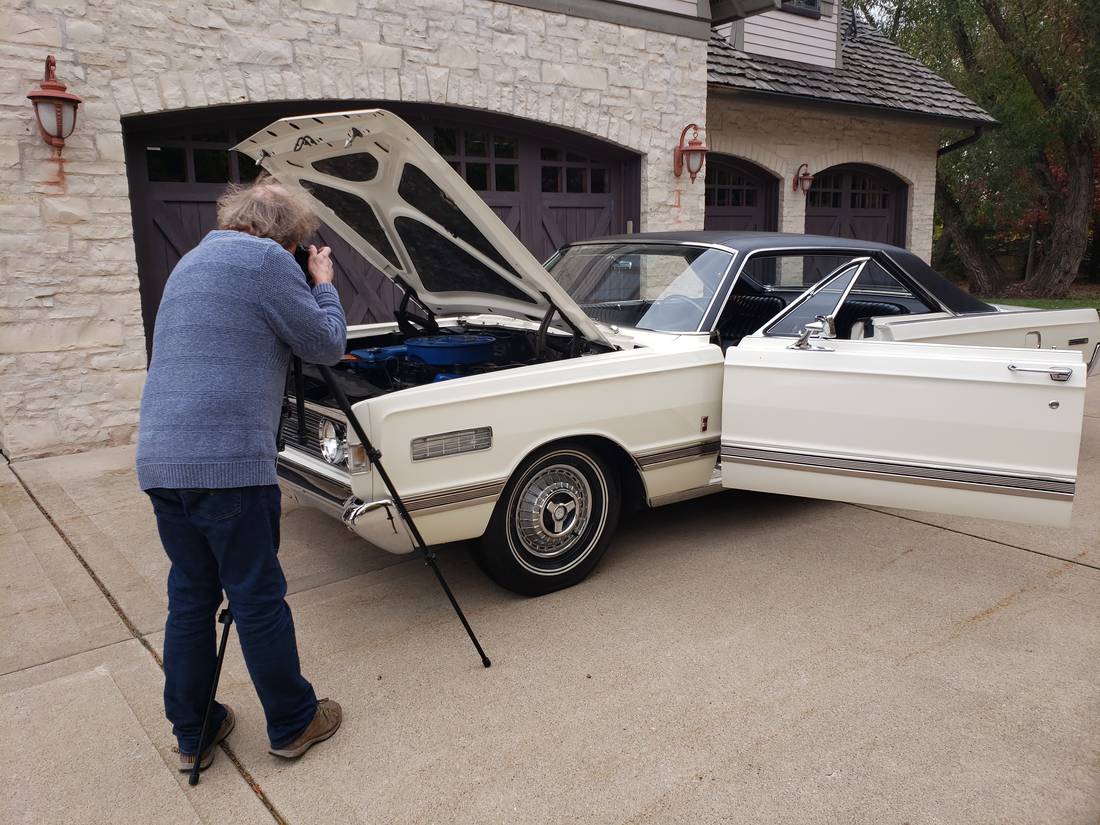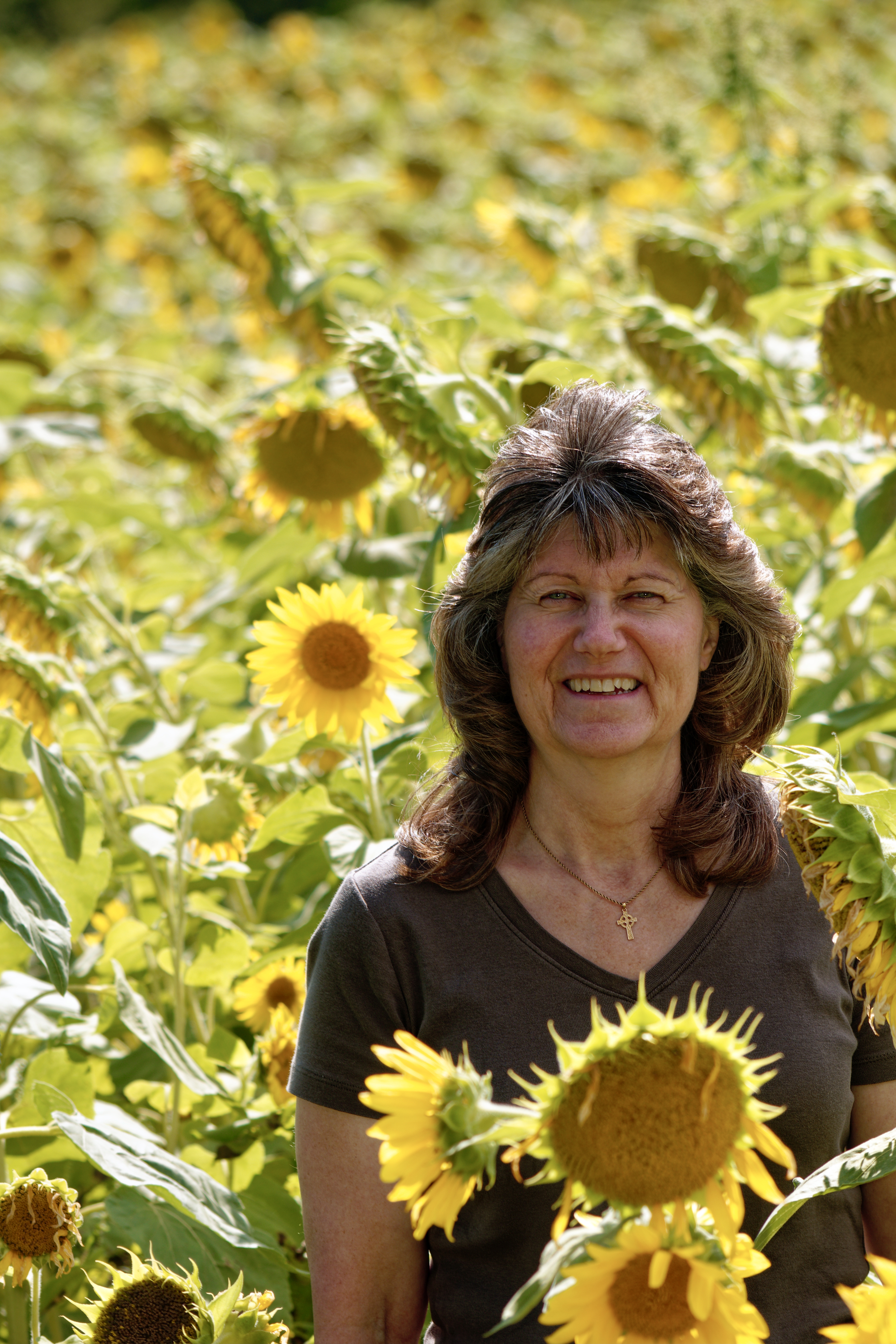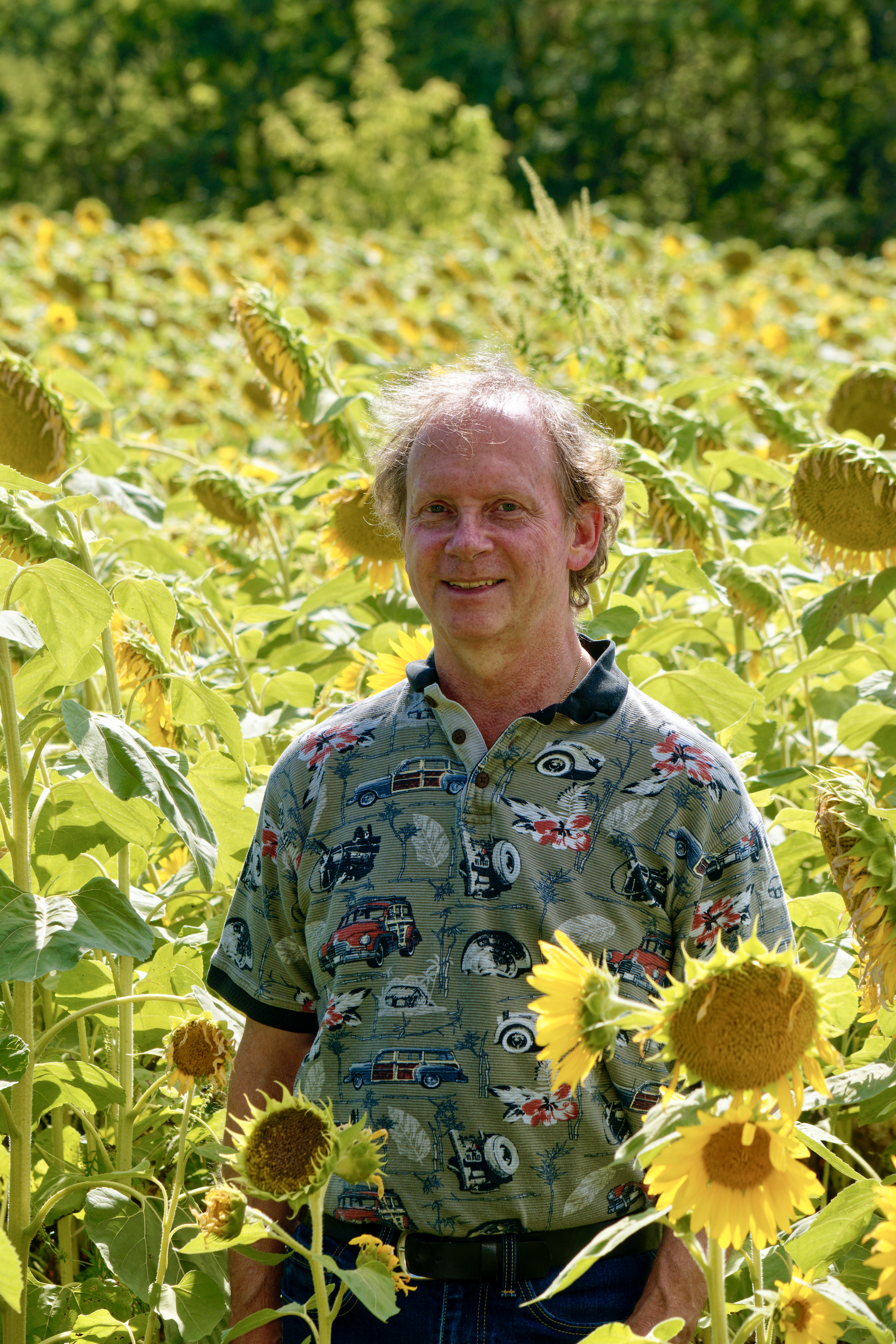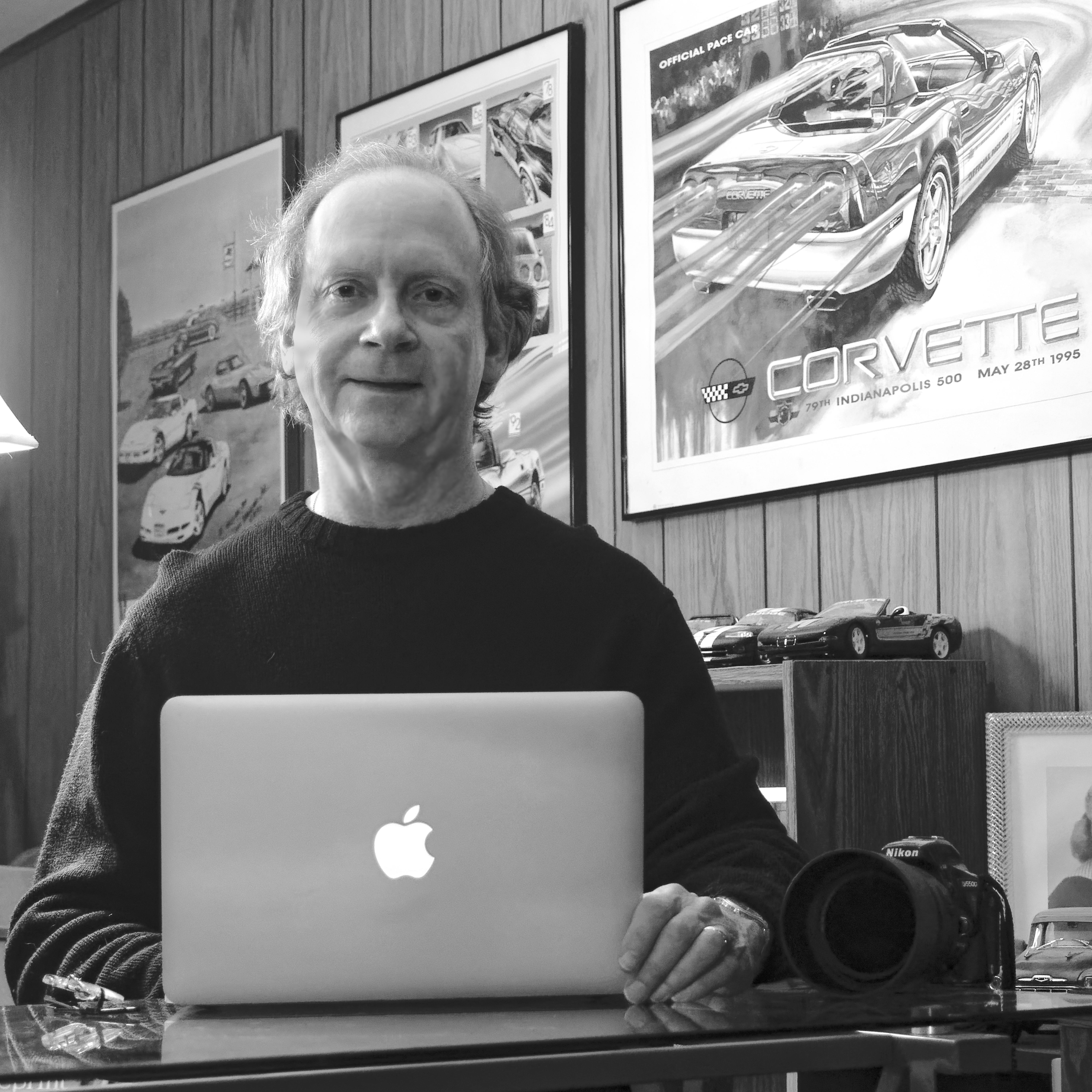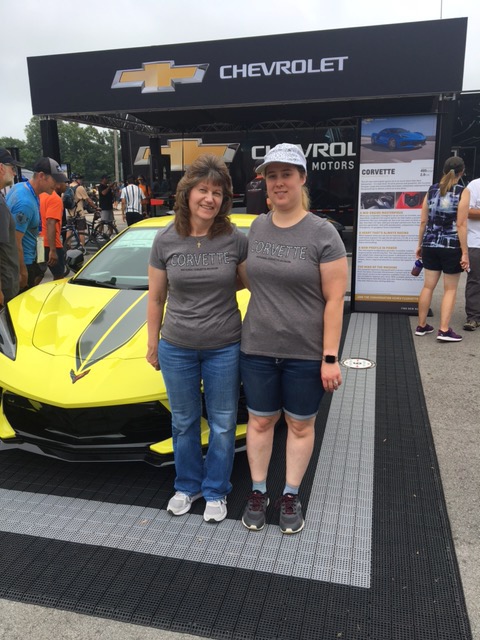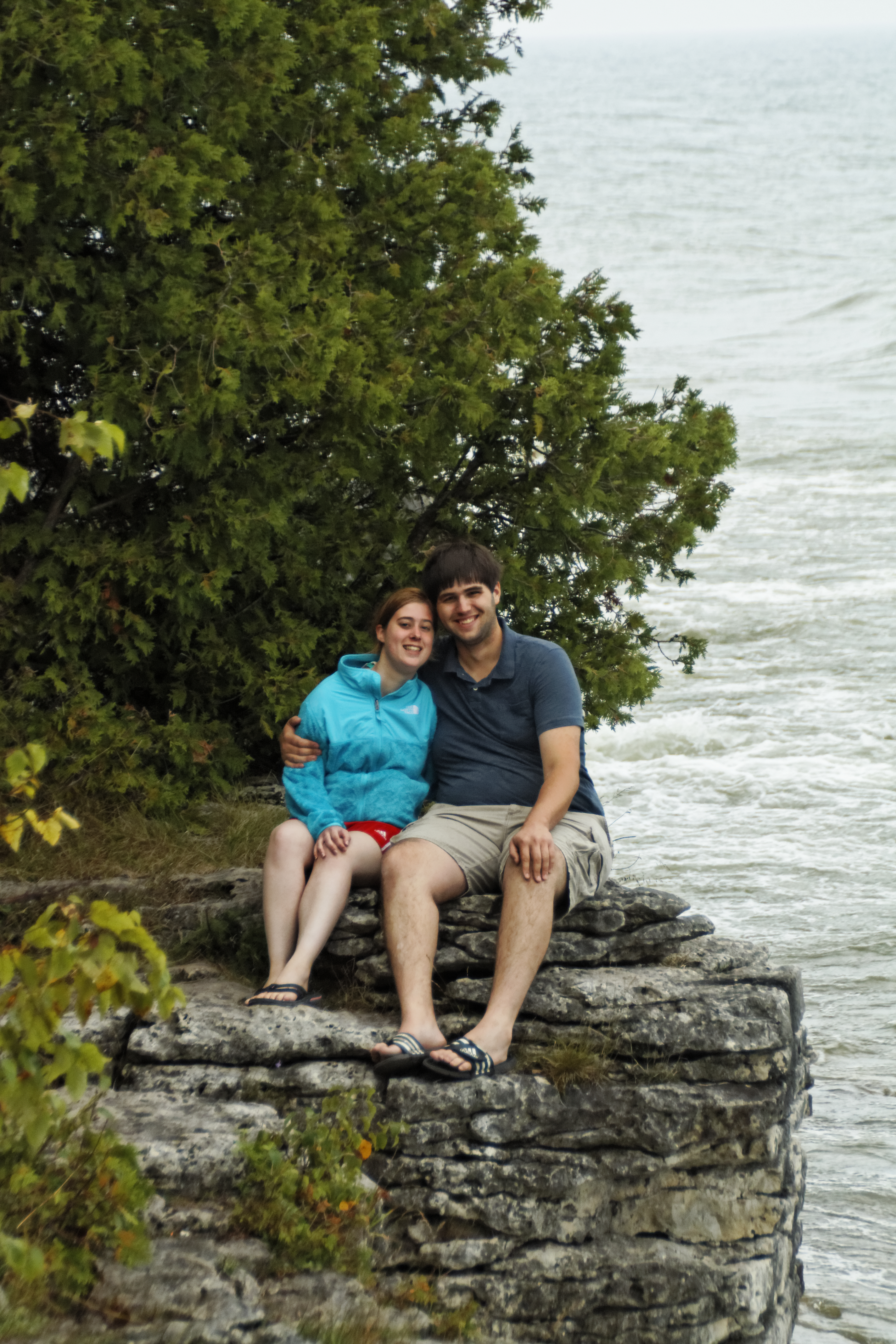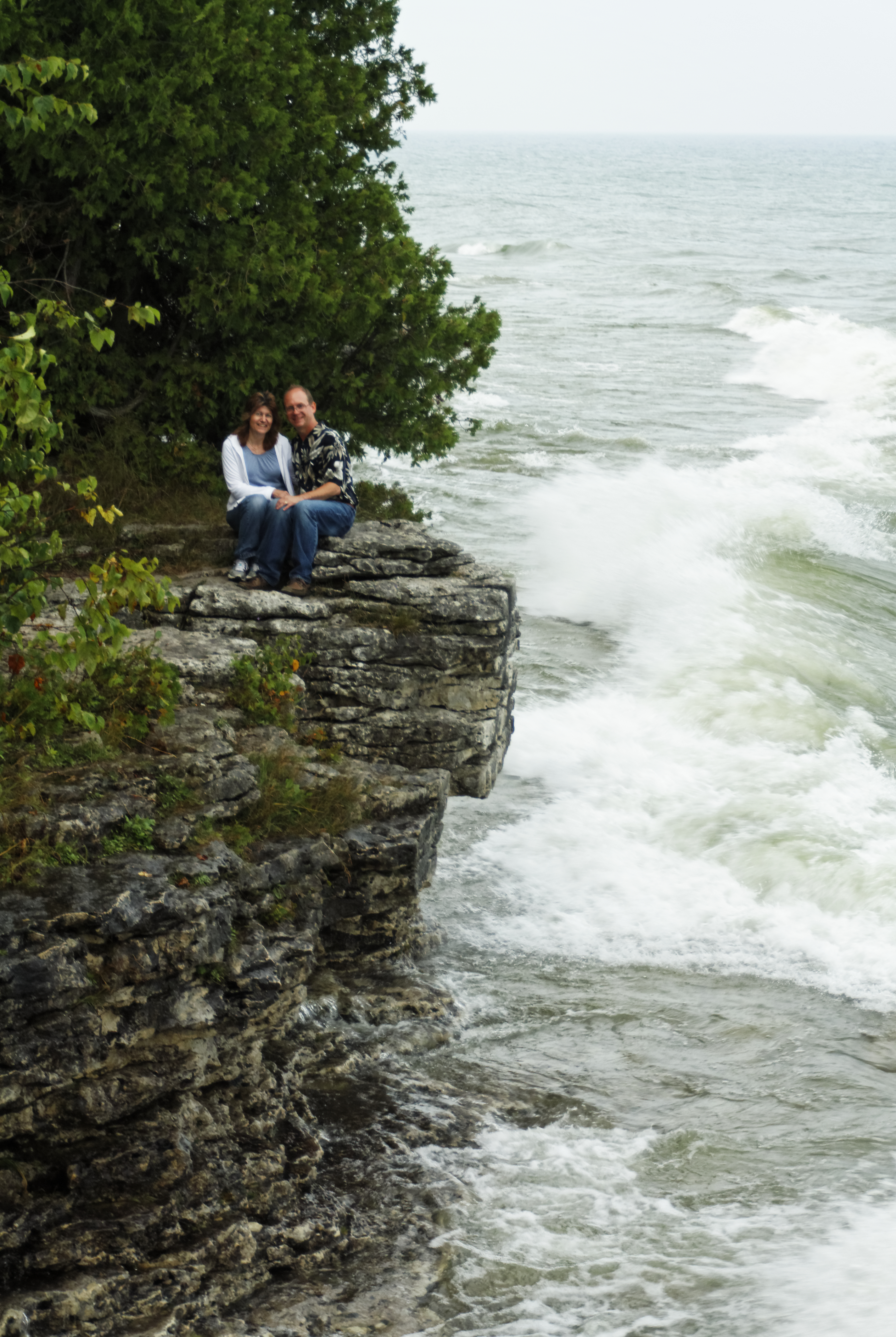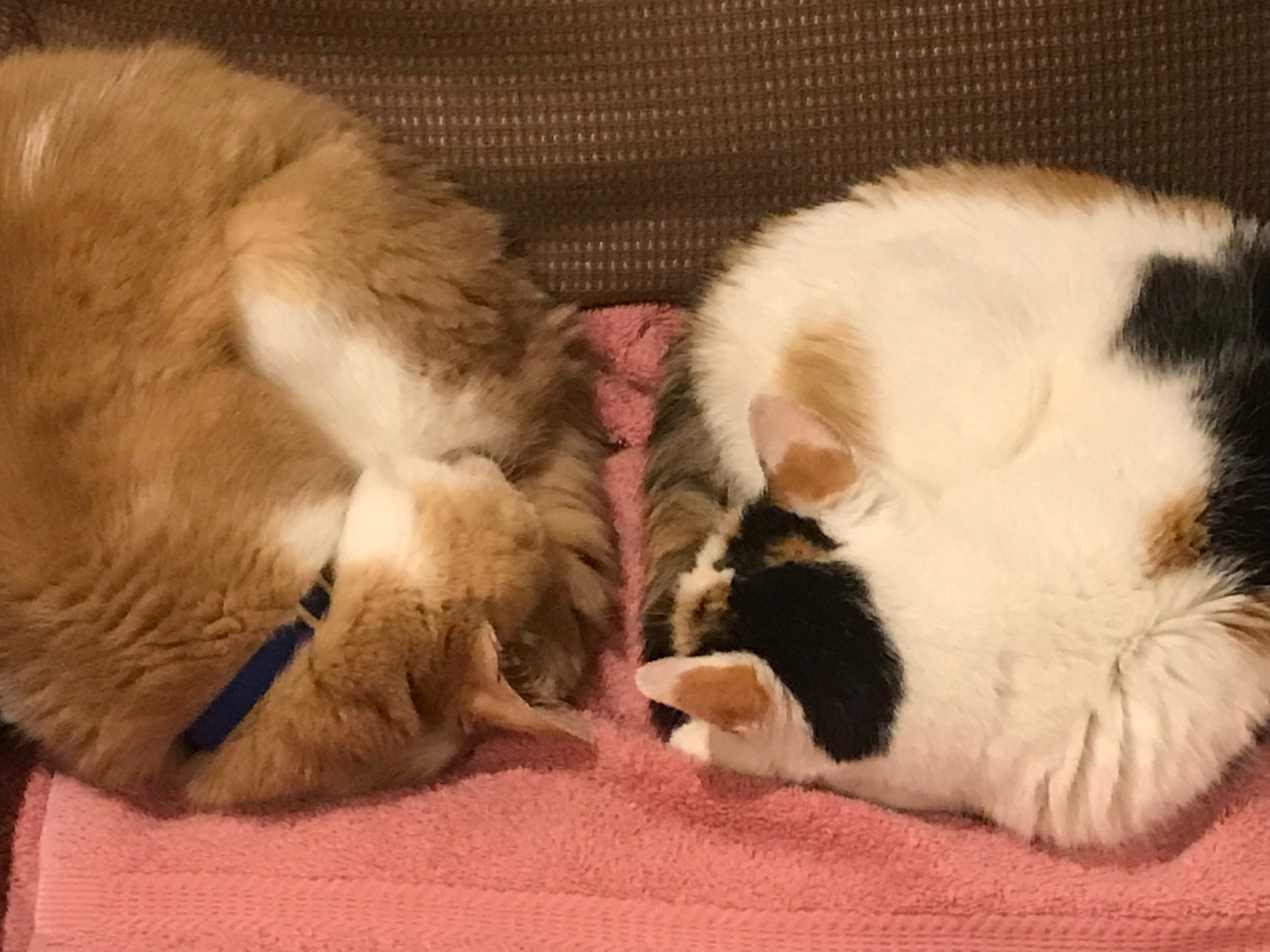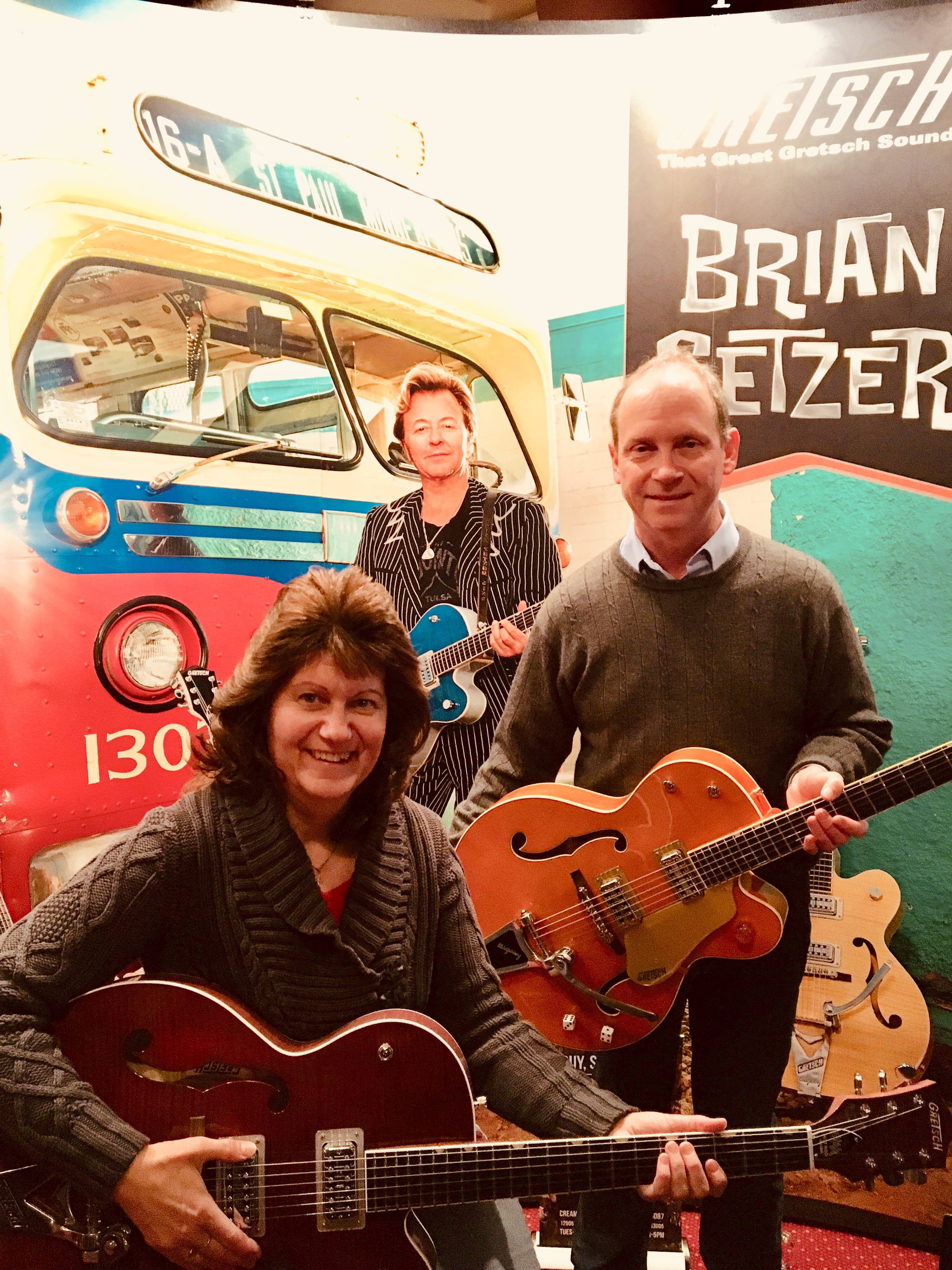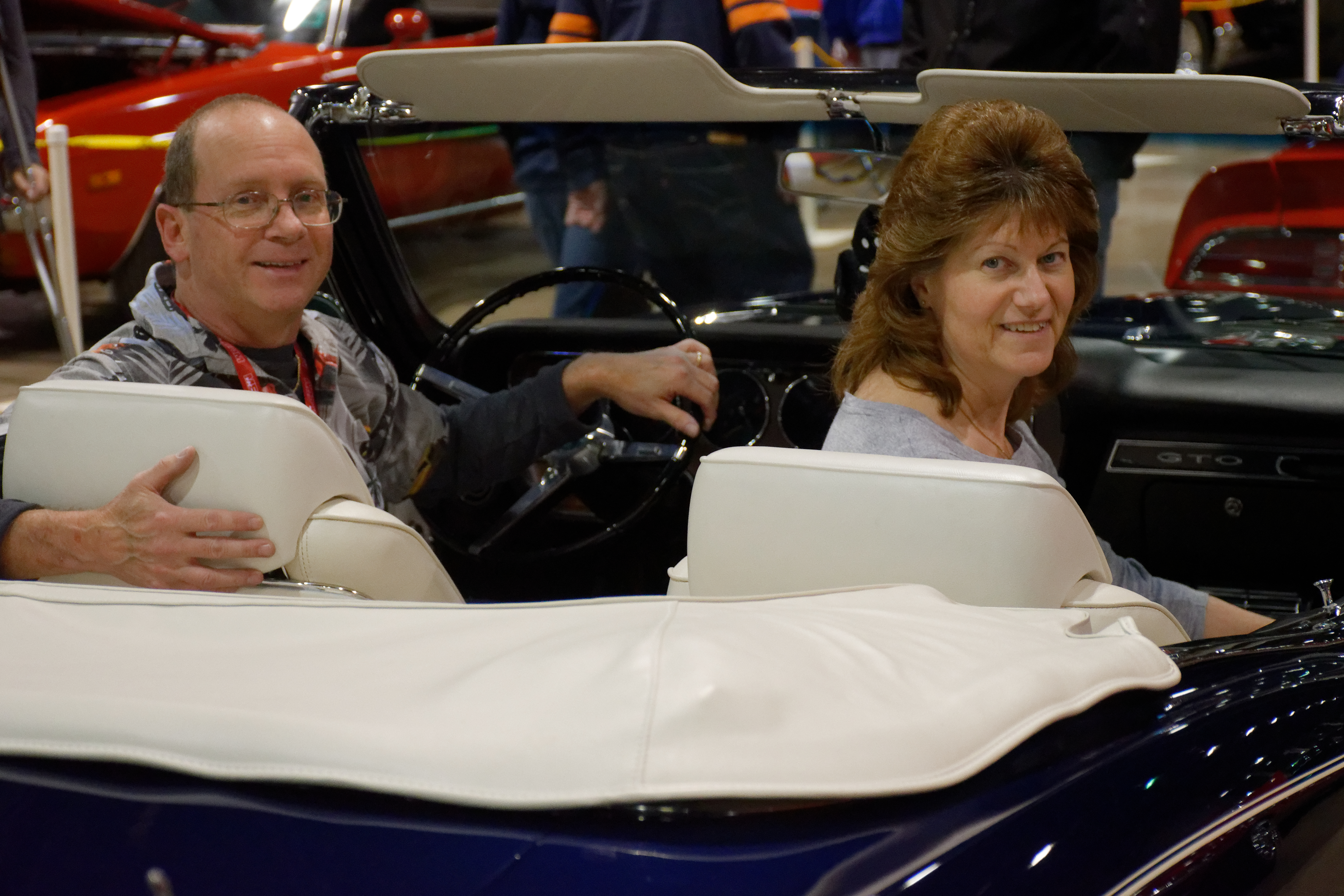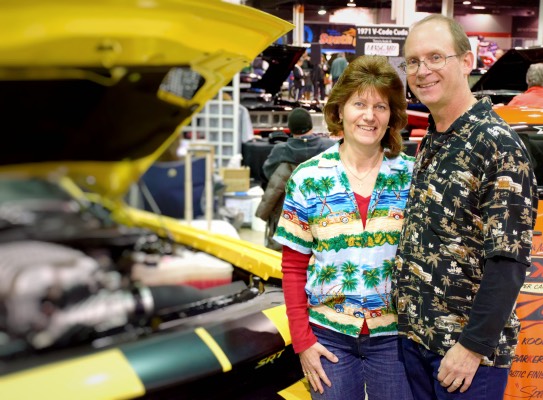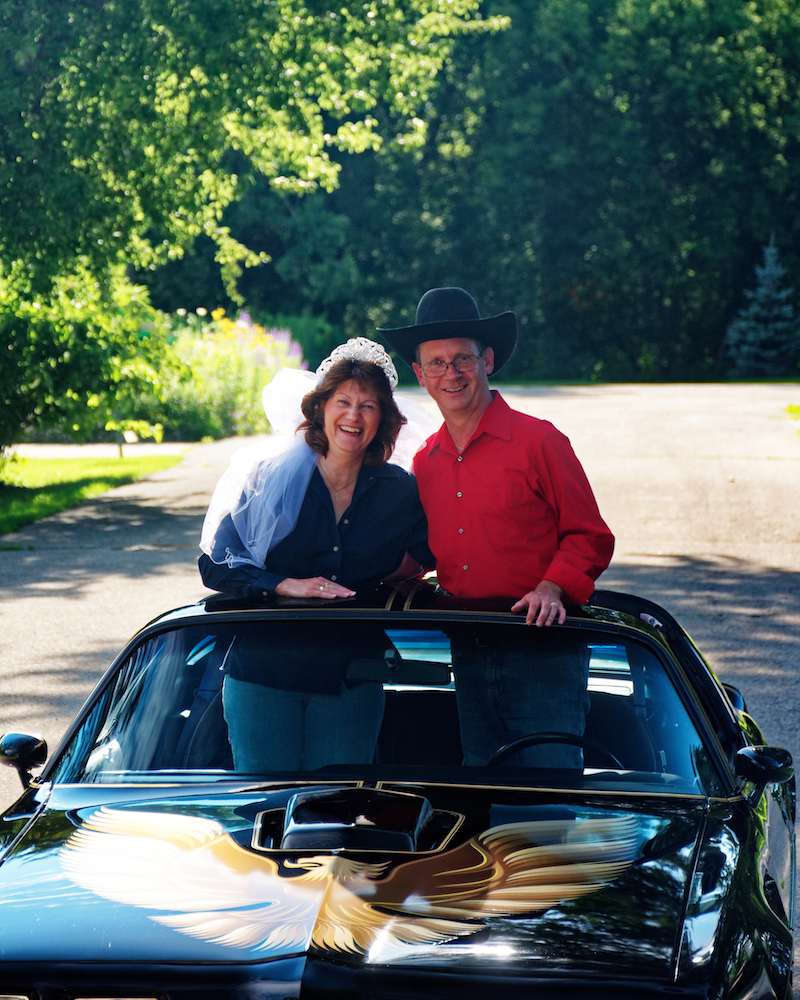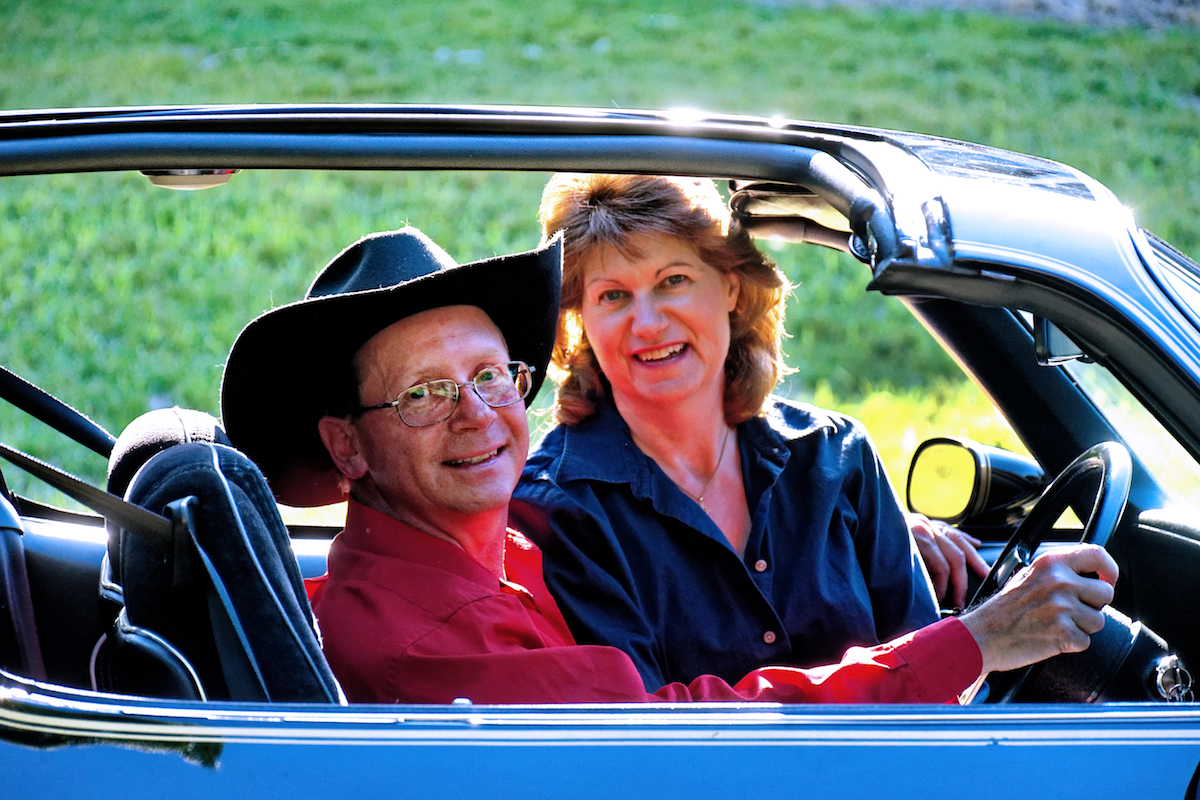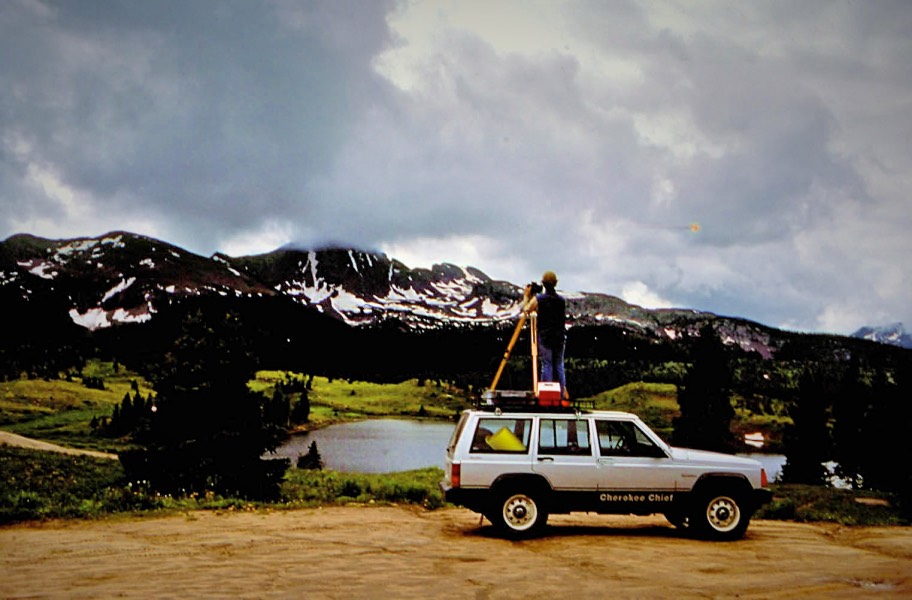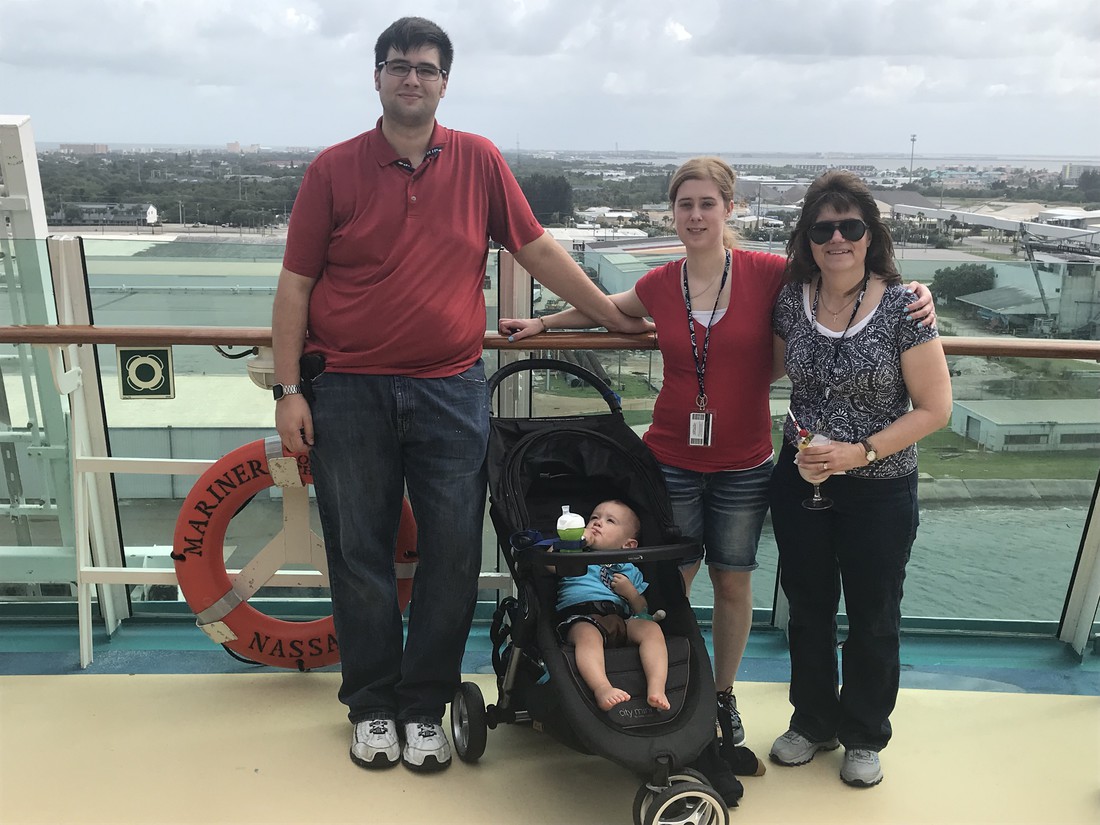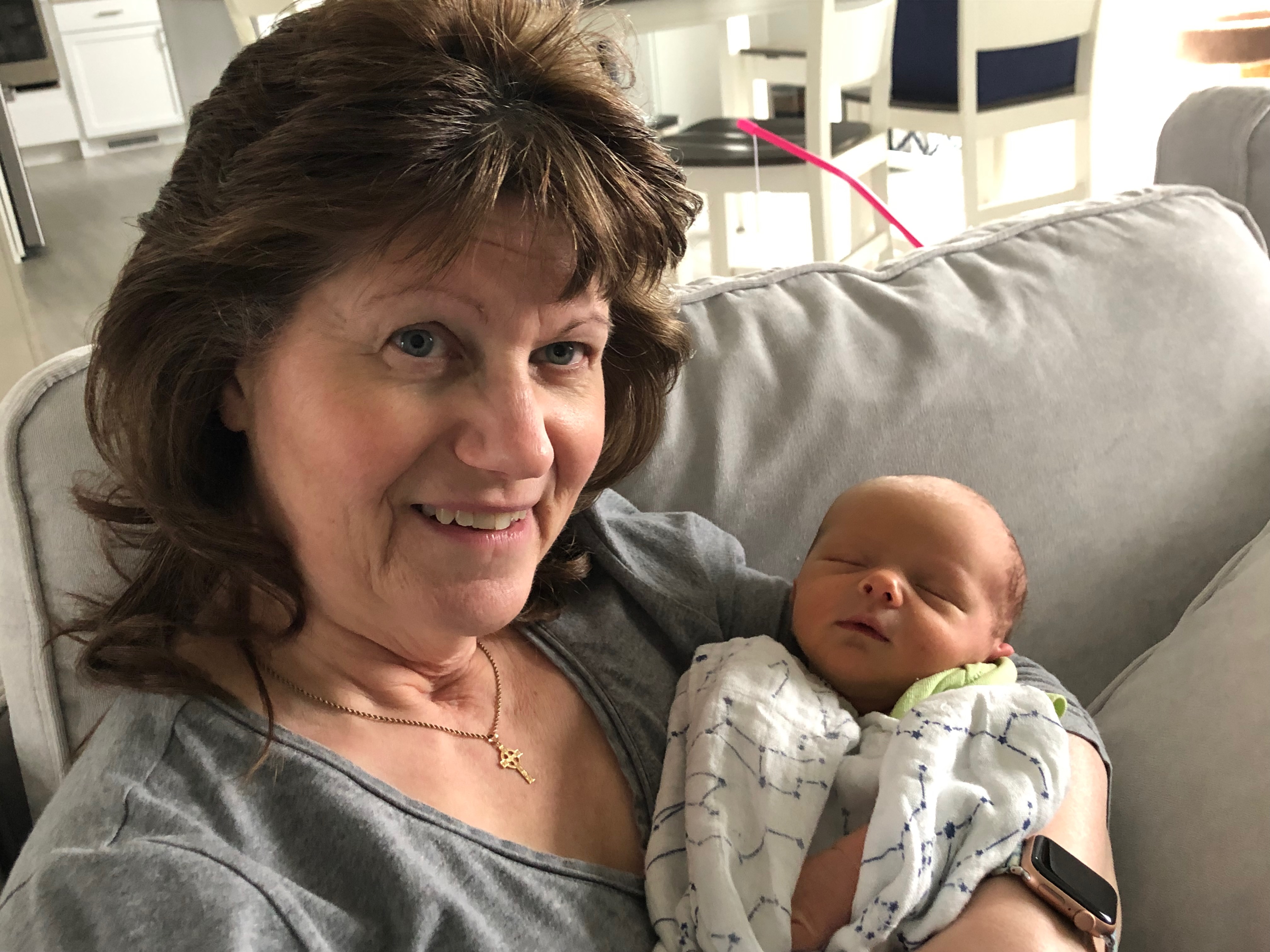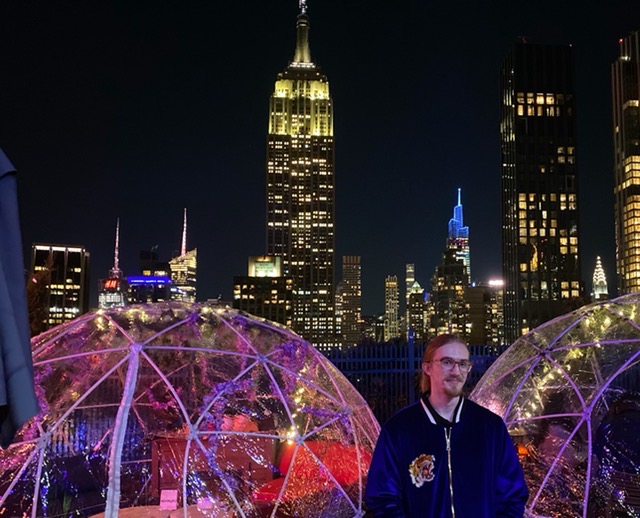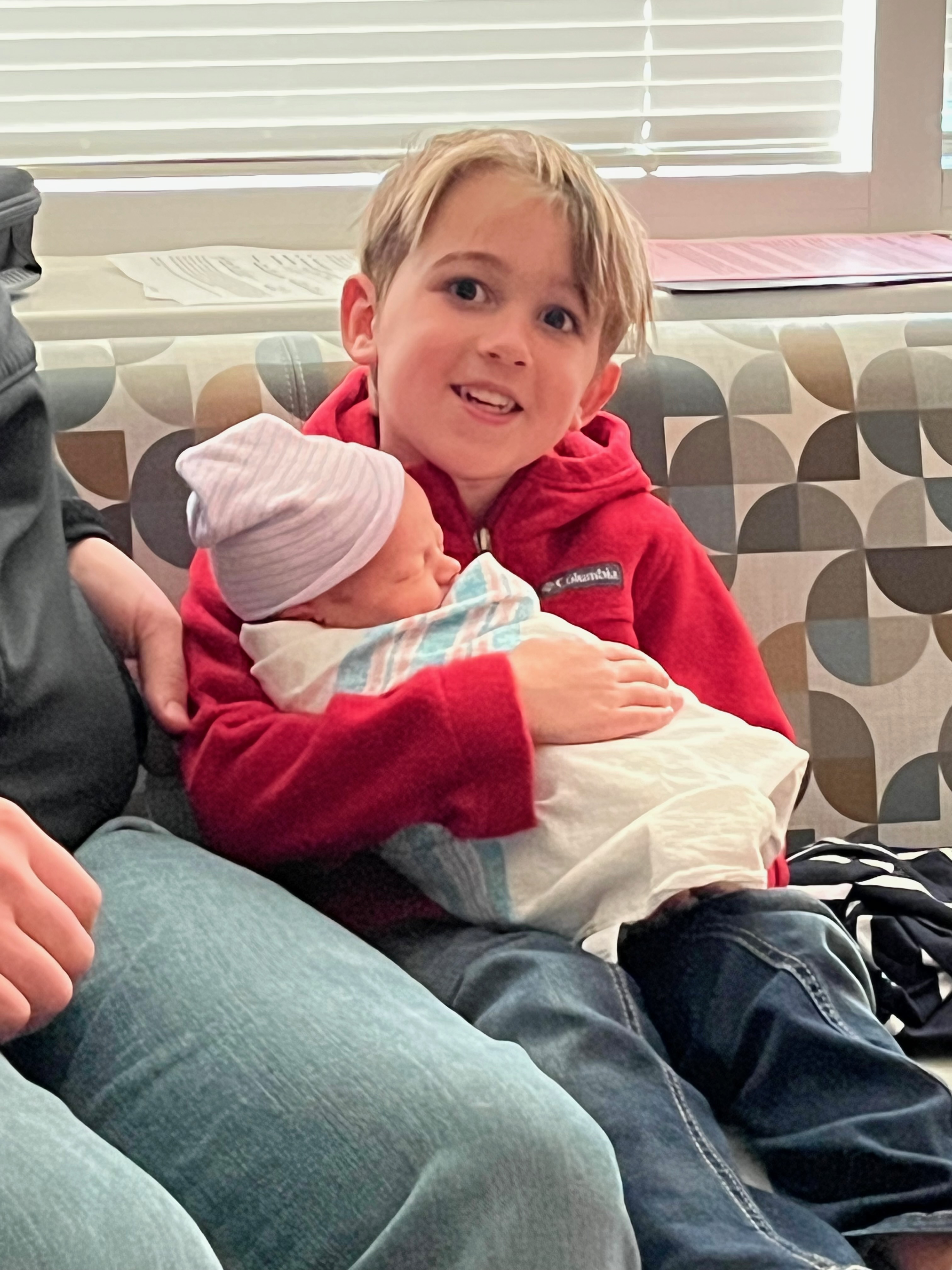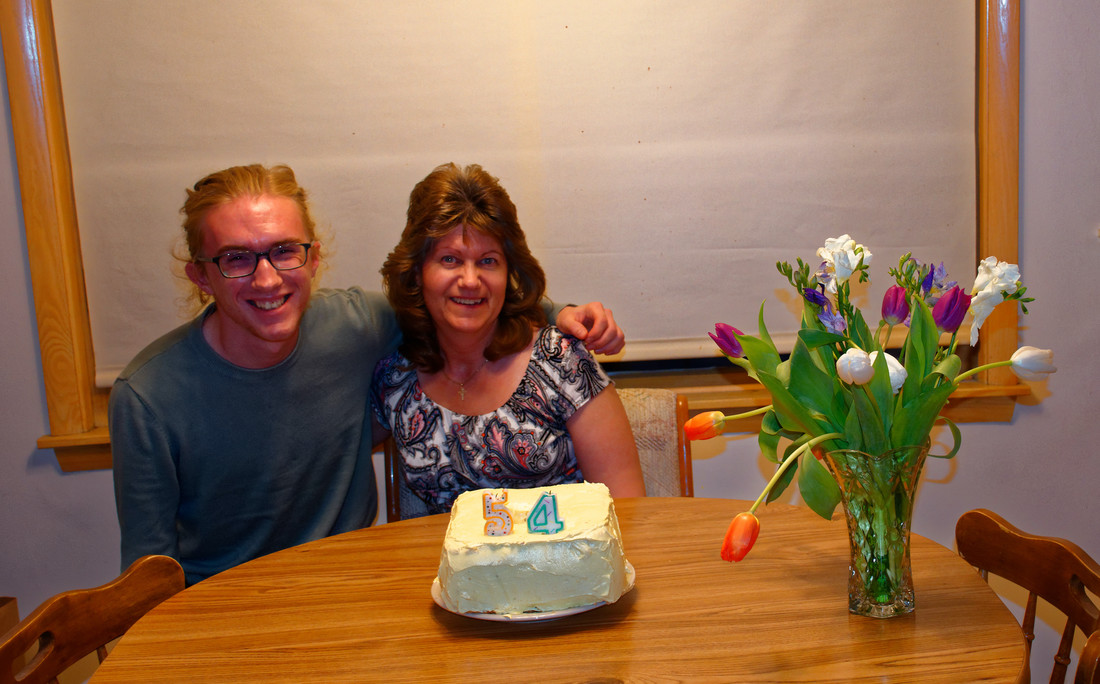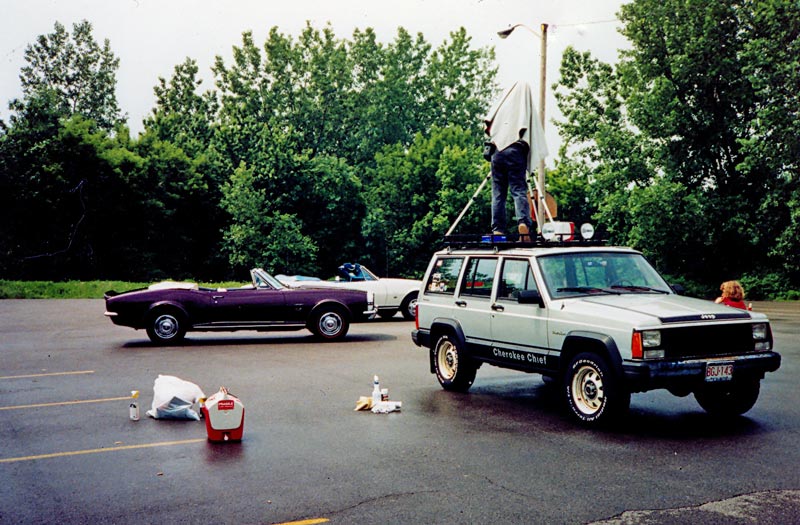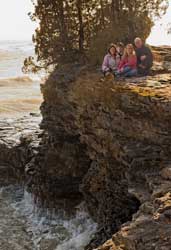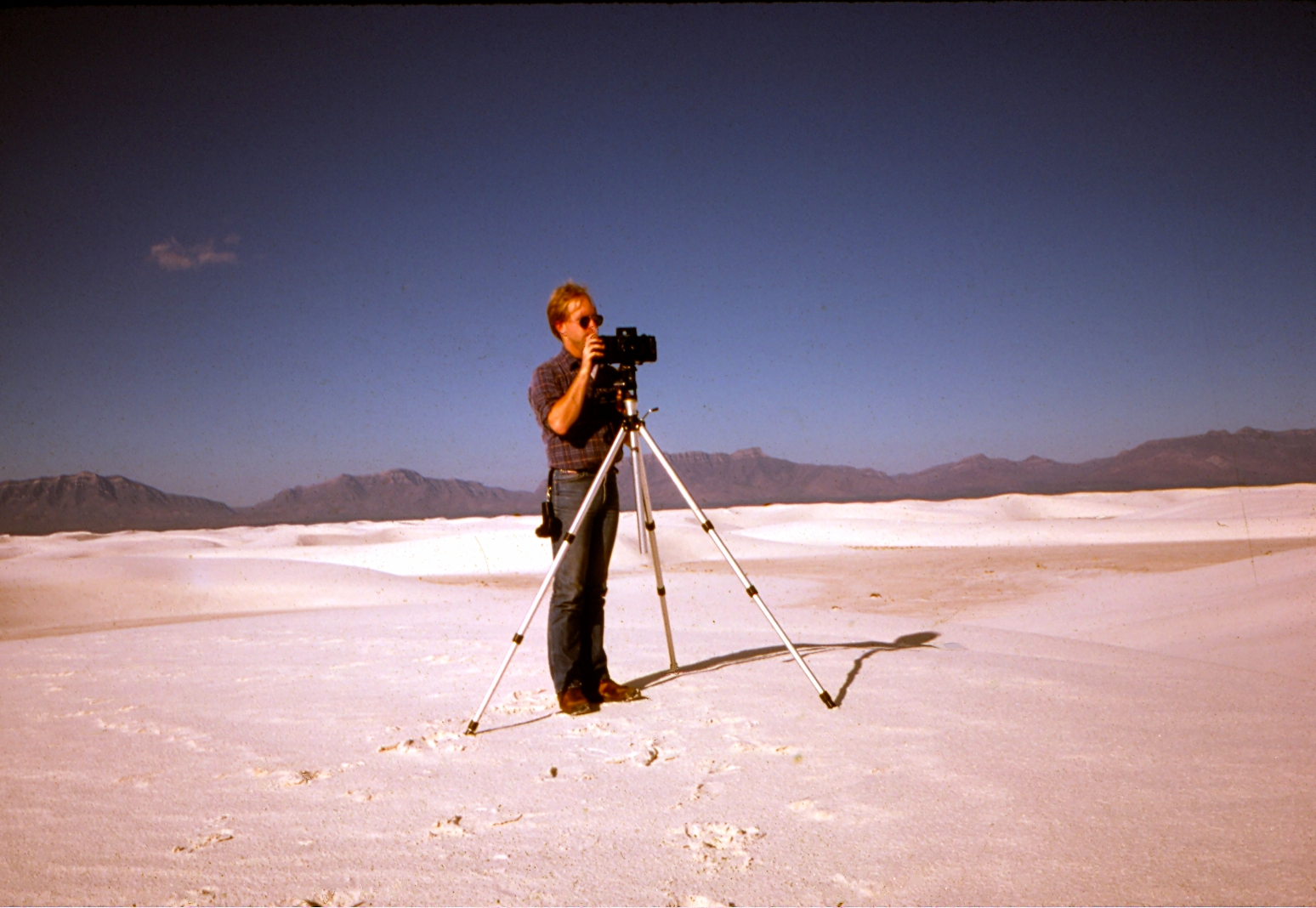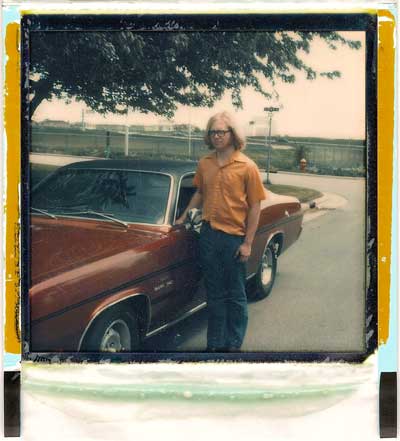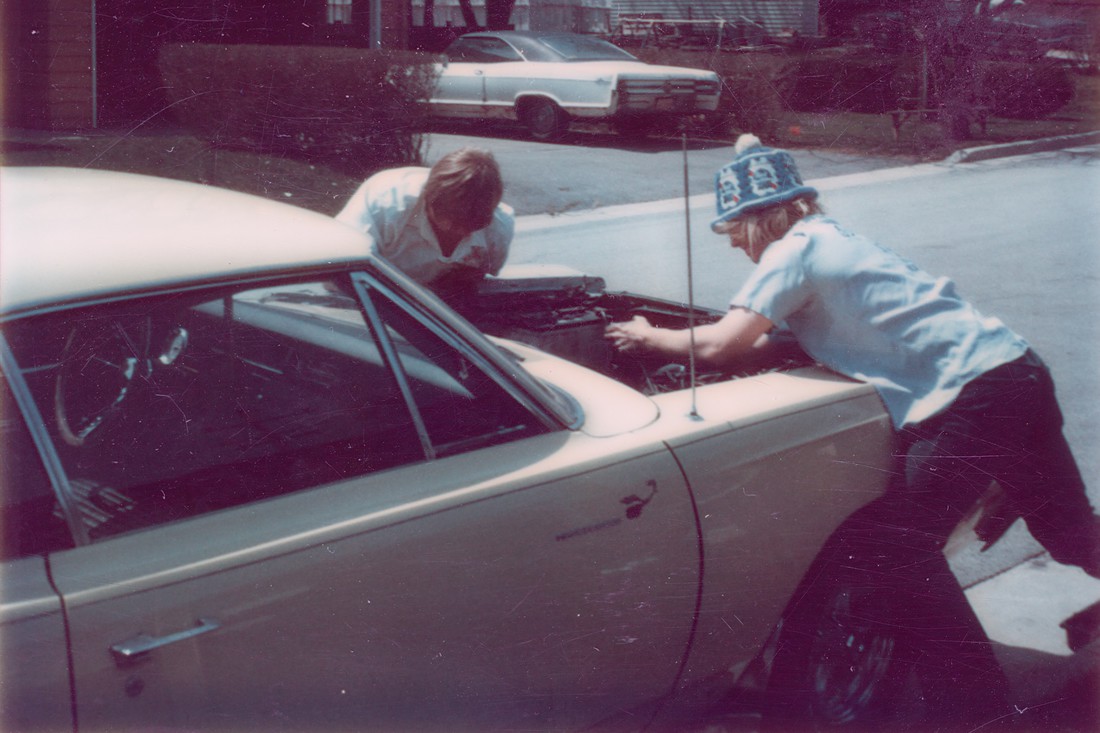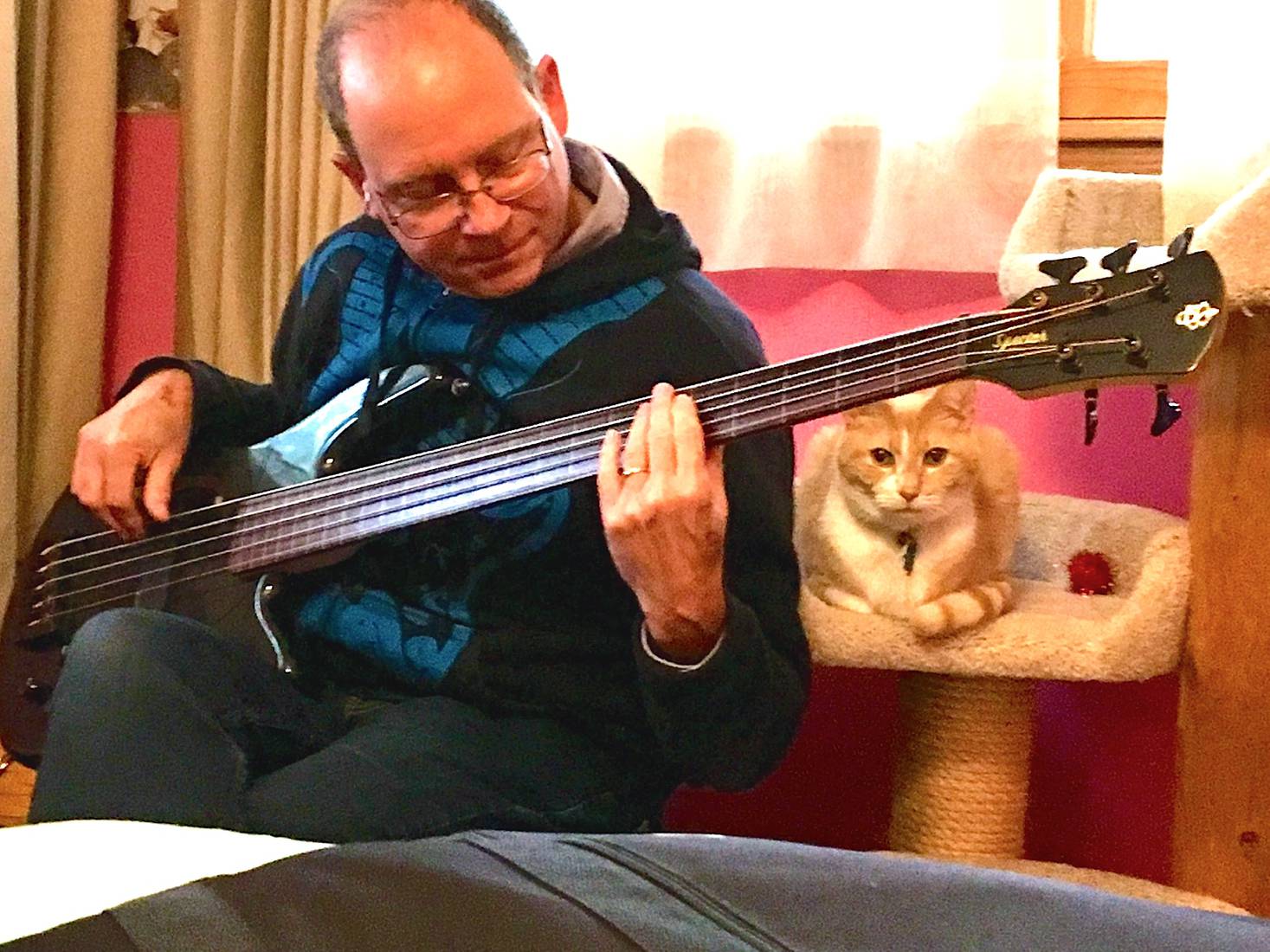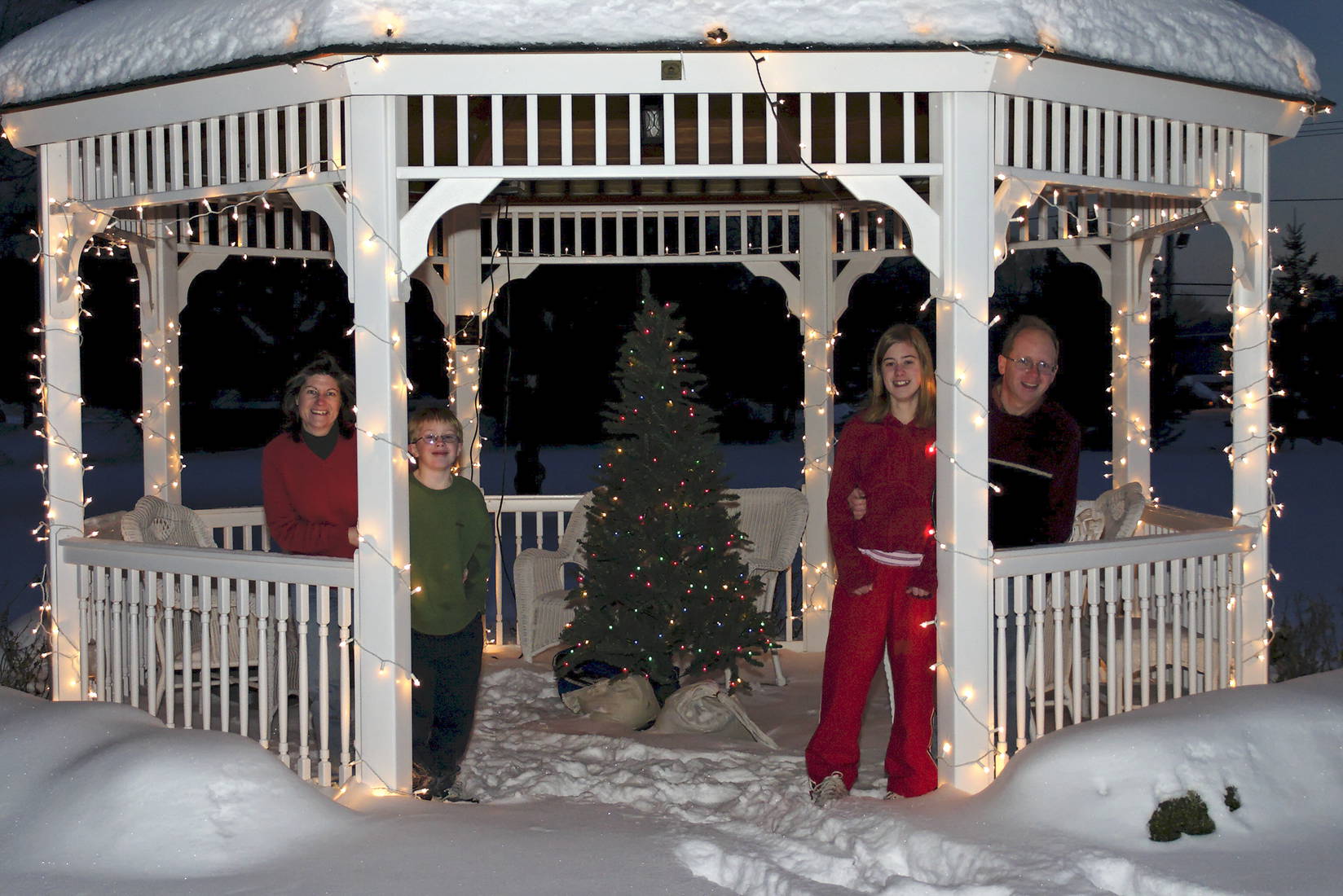About Tom
I was 4 years old when my late brother Ray bought a new 1960 Oldsmobile 98 convertible (he was 13 years older), and I was hooked! Top down on a warm summer night, listening to “Fun, Fun, Fun” by the Beach Boys on the radio (with added reverb unit), that was heaven. At other times Ray owned a 1966 Austin Healey 3000, a 1953 Studebaker Starliner, and later an MG Midget and Honda S2000. My father owned a 1959 Pontiac Catalina at the time, a powerful black beauty with a silver metallic interior. Throughout the sixties Dad bought used Buick Wildcats. These powerful, stylish cars spawned my interest in all things automotive.
When I was 10 Ray took me to the Milwaukee Mile to see the USAC Stock Cars. For the first time I got to experience the sights, sounds, and sensations of those thundering Hemi- and 427-powered machines just feet away from me. I’ve been hooked on racing ever since.
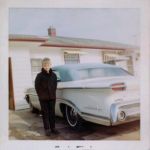
My first car was a wickedly fast 1970 Plymouth Duster 340 followed by a delightful 1969 BMW 2002, huge 1978 Ford F-250 SuperCab, and later a fun 1967 Plymouth Satellite convertible. While I have never been a “collector” we purchased a 30,400 mile 1993 40th Anniversary Corvette convertible in January 2022, our dream car ever since we borrowed one from Chevrolet in 1993 for a travel story on Asheville, North Carolina⎘.
I began photographing landscapes, auto racing, and architecture in 1976, first with a Canon AE-1, then, wanting ever more detail and control, an Ikeda 4×5 Field View. In April 1983 I decided to combine my photographic skills with my gift of writing. Reading Road & Track magazine in my youth I was struck by the work of John Lamm, a wonderful author and photographer who used both talents to create something very special. Then when I was 10 years old our local public library obtained a copy of “The Golden Age of the American Racing Car” by Griffith Borgeson⎘, and I wore out this monumental work, which showed me literary beauty and academic research can coexist. More than anyone, Mr. Lamm and Mr. Borgeson inspired me to write about and photograph automobiles.
My style utilizes a sense of place, a sense of purpose, and a sense of history.
—Tom Glatch
My style utilizes a sense of place, a sense of purpose, and a sense of history. When possible, I place vehicles in locations that are related to its market and purpose, for example a sports car is located differently than a mass-market sedan, and a high-end sports car is located differently then a entry-level sports car. When writing, I rely heavily on contemporary road tests and advertising copy to create a sense of history — you cannot relate a 1966 Porsche 911 to a current 992 Porsche 911 anymore than you can relate a 1970 Dodge Challenger Hemi to a current Dodge Challenger Hellcat. Using contemporary road tests and the manufacturer’s marketing material places the vehicle in its proper historical context, illustrating the impact of that vehicle at the time of its creation. In the same way, I try to photograph vehicles in their historic and social context. Long before GoPro cameras came into existence I mounted SLR cameras on cars to place the viewer vicariously in the cockpit. Whether by word or image, the story must have that emotional connection.
I was born in 1956, and every house I have lived in has been a mid-century ranch home, including our current home designed by local MidMod architect Ray Prell, so I guess it’s in my DNA. Outside of automotive history, I have interests in architecture, American history, automotive and industrial design, with a smattering of sociology thrown in. I combine these interests in by writing and photography to create that sense of place, sense of purpose, and sense of history.
Simplicity is the ultimate sophistication. It takes a lot of hard work to make something simple, to truly understand the underlying challenges and come up with elegant solutions. It’s not just minimalism or the absence of clutter. It involves digging through the depth of complexity. To be truly simple, you have to go really deep.
—Steve Jobs
I also believe in the power of simplicity. My style of writing, honed by years of contributing to publications with limited space and word counts, relies on detail and accuracy – made simple. It’s a philosophy I learned when I spent an extended weekend in 1984 living the life of a Franciscan Missionary Brother in Eureka, Missouri. These Franciscan brothers are surrounded by minimal distractions, natural beauty, a shared mission, and have everything they need to live a joyful, productive life. This experience had a profound influence on me, and continues to be a part of my creative endeavors and all aspects of life.
I am also inspired by photographers O. Winston Link⎘, Walker Evans⎘, David Plowden⎘, Balthazar Korab⎘, Mickey McGuire⎘, Vic Huber⎘, and Harry de Zitter⎘. Non-fiction authors Laura Hillenbrand⎘, H.V. Morton⎘, Studs Terkel⎘, and the Trappist monk Thomas Merton⎘ define for me what the written word is capable of.
Even after 40 years I feel each project is an audition for the next project.
—Tom Glatch
My first story, on the Sesco Suzuki engine for Midget race cars, was published in Petersen’s Circle Track magazine in one of their first issues. I created a number of vintage race car stories for them, then in 1986 also began photographing for Collectible Automobile⎘ magazine. I started contributing to Dobbs Publishing’s magazines when they bought Corvette Fever in 1989, then followed friend and editor Paul Zazarine to the world’s first internet magazine, corvettemagazine.com⎘ in 1999. Paul then moved to Pontiac Enthusiast magazine a few years later, where he added several other Enthusiast titles, and I contributed to those magazines until they folded during the Great Recession. On the recommendation of Mike Yager of Mid America Motorworks⎘, I began writing auction analysis for Sports Car Market⎘ and their sister publications in 2007, and they are still a top client. In 2015 Motorbooks⎘, the world’s largest automotive book publisher, offered me a book, “The Complete Book of American Muscle Supercars”, which lead to six other coffee table books with them.
In 2022 Kelly and I began contributing to Linkage magazine, edited by Jim Pickering and Chester Allen, both of whom I’ve worked with for years. I also recently completed a number of catalog descriptions for a new auction house, Broad Arrow Auctions⎘ which allows me the opportunity to tell the stories of a wide variety of automobiles in 400 words or less.
Those who do not remember the past are condemned to repeat it.
—George Santayana
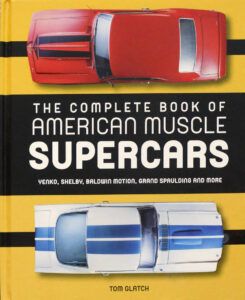
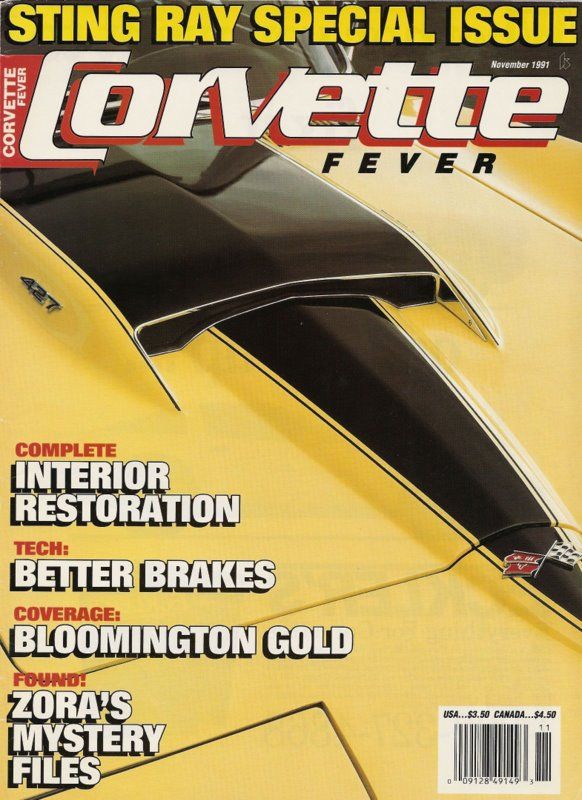
About Kelly
I met my wife Kelly in June 1992 when I hired her to help me photograph a silver 1958 Corvette for Corvette Fever magazine, my top client throughout the 1990s. Her dad was a Ford guy, and over the years owned a 1951 Custom convertible, a mid-sixties Thunderbird, and a rare late-seventies LTD II 2-door coupe. Her brother Jeff also owned a Delorean and Mitsubushi 3000GT, so automobiles are in her DNA, too.
We made a great team right from the start — three months later we were engaged, and we were married in September 1993. Kelly is a fine photographer, too, toting her red Nikon D5500, and she shares my enthusiasm for vehicles that look good and perform well.
We are life-long residents of the upper Midwest of the USA. We have two incredible children, son Sean and daughter Keara, a wonderful son-in-law, Brandan Stobbs, and our two grandchildren who inherited the “can’t drive 55” gene from their mother and grandmother. I have recently retired from the corporate world, most recently as a Data Steward and Data Analyst, working for the same manufacturing company I joined in 1974. I now have more time to devote to faith, family, writing, photography and music (I still want to be a bass player when I grow up).
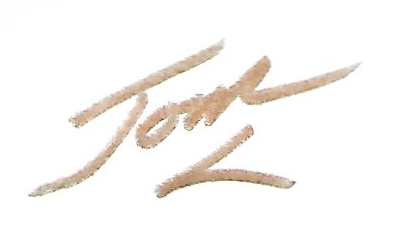

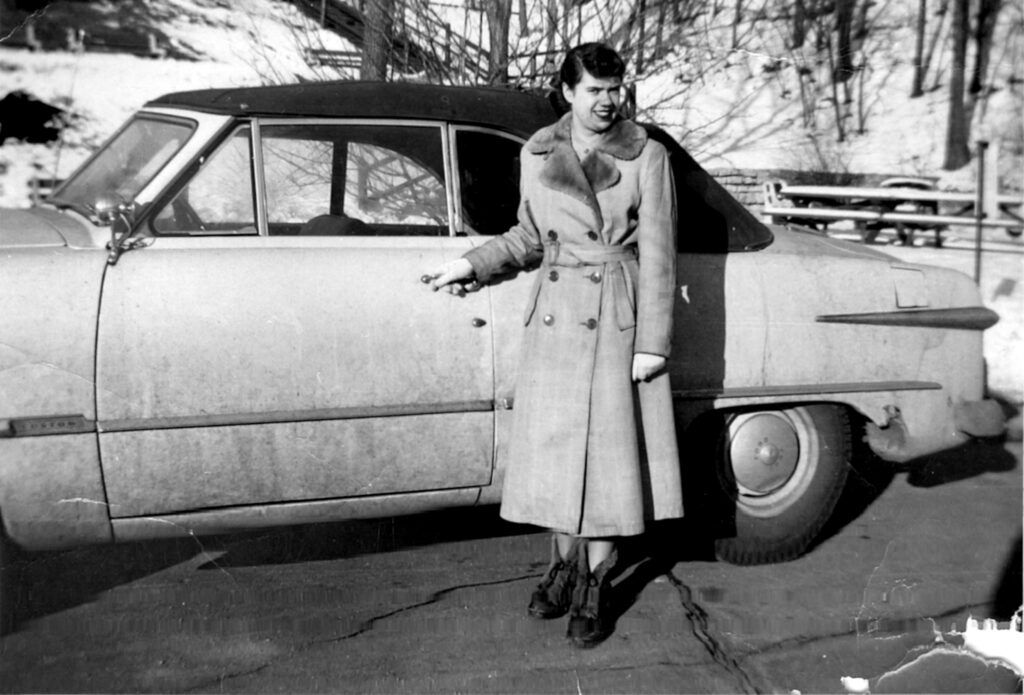
Equipment
I took up photography in 1976, starting with a Practika 35mm SLR. After a few months of using that camera the revolutionary Canon AE-1 was introduced. I was getting serious about photography and needed something better than the East German Practika. That trusty AE-1 took a beating and continued to deliver excellent images for years. I upgraded to a Canon F-1 and later a T-90 and EOS A2. As much as I liked working with SLRs, the images were just not detailed enough, nor could the image be controlled enough in the camera. In 1978 I bought a Calumet 4×5 View Camera and was hooked. It was perfect for architecture, landscapes, and automotive images. I then bought a beautiful cherry wood Ikeda 4×5 field camera, a lightweight little gem that was great for hiking and taking landscape images. Many of my first automotive images for Collectible Automobile and Corvette Fever magazines were taken with that camera and a Schneider 210mm Symmar lens. I also attended a class taught by Mickey McGuire, founder of Boulevard Photographic, the pioneer of automotive photography for manufacturers, which had a profound effect on my technique.
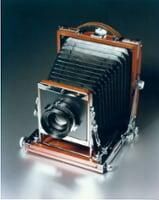
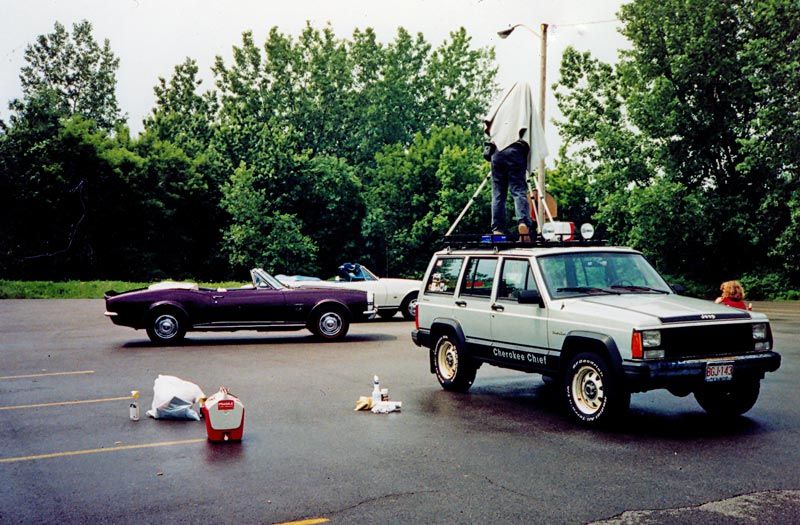
In 1990 I added a Sinar F-1⎘, which allowed for longer focal-length lenses and greater tilt-and-shift control. With the Sinar I continued to use the Schneider 210mm Symmar and 305mm G-Claron lenses, along with Nikkor 500mm and 720mm telephoto lenses. The Sinar F-1 and Canon T-90 was my main setup throughout the Nineties, though I also used a Hasselblad 500C and Fujica G617 Panorama⎘ for some images.
When the Canon T-90s were accidentally destroyed (OK, they were hanging on the side of a car by suction cups as it was driving) and no longer available, I replaced them with a Canon EOS A2. This was my setup until 2004. I’ve retired my trusty Sinar F1 4×5 view camera and sold the Canon film cameras, using Canon EOS Rebel and EOS XSi digital equipment until mid-2016, when we purchased a Nikon D5500⎘ and experienced for the first time the true superiority of Nikon products. Working in digital allowed me the control of the image of the 4×5 Sinar without the weight (23 lbs. [10.4 kg] with tripod) and expense ($3 per sheet of film plus another $3 for processing). We always shoot in RAW format, relying on DxO Photo Lab⎘ software for RAW conversion and image enhancement, Affinity Photo⎘ for retouch and correction, and Photo Mechanic⎘ for image management and workflow. We use WordPress on GoDaddy⎘ for our web platform, Microsoft Lists⎘ for our cloud database, and Microsoft Loop⎘ and nTask⎘ for project management. We use Apple⎘ phones and computers exclusively.
Memberships
The Society of Automotive Historians (SAH) (New!)
American Motors Owners Association⎘ (AMO)
The Auto History Preservation Society⎘ (AHPS)
GTO Association of America⎘ (GTOAA)
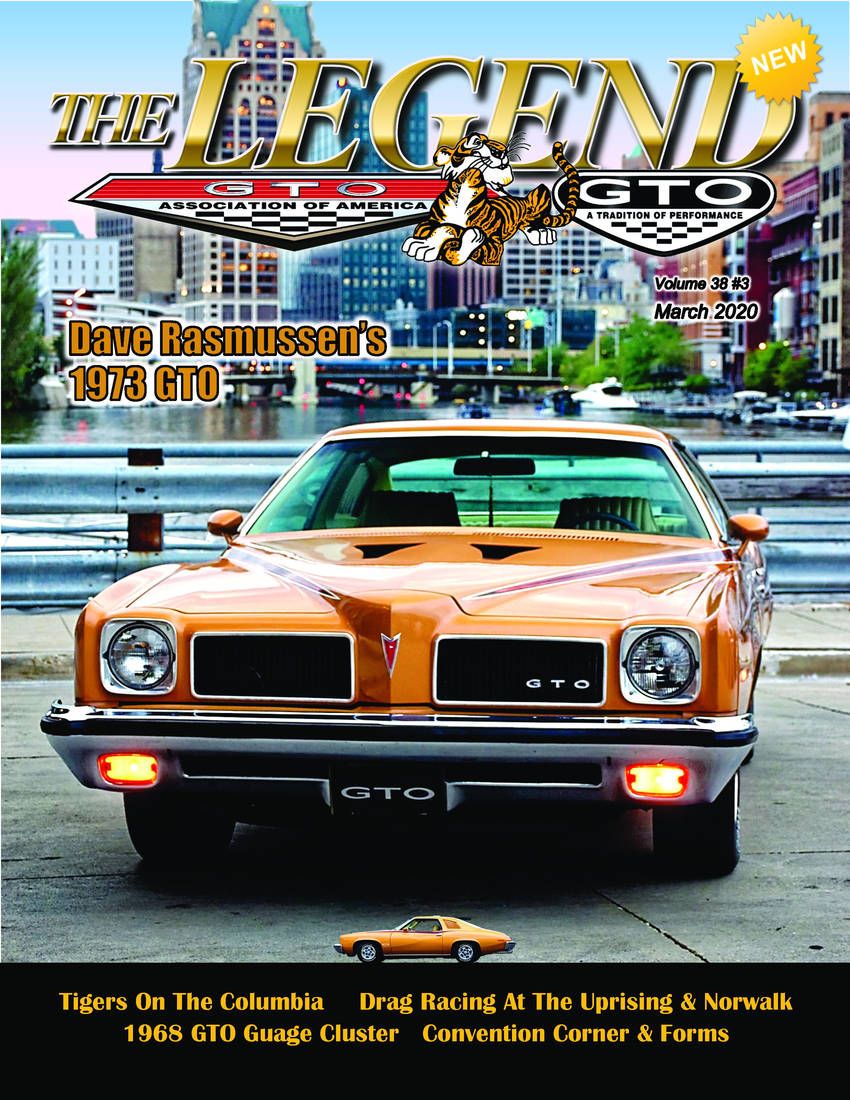
Clients
We have been blessed with many outstanding clients over 40 years. Beginning in 1983 with Petersen’s Circle Track magazine, we’ve worked with automotive magazine, book, calendar, and web publishers, and automotive businesses. Some of our former and current clients are:
American Car Collector Magazine
Automobile Quarterly
Bloomington Gold Corvettes USA
Broad Arrow Auctions⎘ (2 year!)
Car Collector Magazine
Cars & Parts Corvette Magazine
Cars & Parts Magazine
CarTech/Speciality Press
Chevy Enthusiast Magazine
Chevy Truck Magazine
Chevy/VetteFest
Classic Auto Restorer Magazine
Collectible Automobile Magazine⎘ (38 years!)
Corvette & Chevy Trader
Corvette Enthusiast Magazine
Corvette Fever Magazine
Corvette Magazine
CorvetteMagazine.com
Corvette Market Magazine
Ford & Mustang Trader Magazine
High Performance Mopar Magazine
KP Books
Linkage Magazine⎘ (1 year)
Maximum Drive Magazine
Quarto/Motorbooks⎘ (33 years!)
Mid America Motorworks
Mid America Promotions
Mike Mueller (Author)
Mopar Enthusiast Magazine
Mopar Muscle Magazine
Muscle Car Review Magazine
Muscle Mustangs & Fast Fords
Musclecar Enthusiast Magazine
Mustang Enthusiast Magazine
Mustang Monthly Magazine
MustangWeekly.com
Off Road Magazine
Old Cars Weekly
Petersen’s Circle Track Magazine
Pontiac Enthusiast Magazine
Sports Car Market Magazine⎘ (17 years!)
Sports n’ Spokes Magazine
Super Ford Magazine
Vette Magazine
671 Press
Praise to the Divine Heart that wrought our salvation; to It be Glory & Honor forever!

